
I LOVE bellflowers and I really enjoy growing Campanula lactiflora ‘Prichard’s Variety’ for its rich-blue flowers. It begins to flower just after the roses and, if you cut the old flowers off, it produces another lot. It can give six weeks of flower, if deadheaded regularly, and fills the gap between the first flush of roses and the second.
‘Prichard’s Variety’ was raised by Maurice Prichard of Riverslea Nursery, which used to be in Christchurch, Hampshire. I’ve grown this plant for 50 years in various gardens, but it’s been around for longer. It has a mop of rich blue flowers on a 3ft (1m)-high plant, and it’s something I wouldn’t be without.
We also grow a tall biennial called C. trachelium in the garden. Commonly known as the nettle-leaved bellflower, this bears largish bells on one stem in various shades of blue. Our third is the delicate harebell, C. rotundifolia, with its 1ft (30cm)-high trembling stems of tiny grey-blue bells. This lover of warmth and sandy soil grows in our stone paving and on nearby limestone slopes.
The bellflowers I’ve mentioned are all British natives. There are five native species of campanula in Britain and four of them are garden-worthy plants.
Diese Geschichte stammt aus der September 12, 2020-Ausgabe von Amateur Gardening.
Starten Sie Ihre 7-tägige kostenlose Testversion von Magzter GOLD, um auf Tausende kuratierte Premium-Storys sowie über 8.000 Zeitschriften und Zeitungen zuzugreifen.
Bereits Abonnent ? Anmelden
Diese Geschichte stammt aus der September 12, 2020-Ausgabe von Amateur Gardening.
Starten Sie Ihre 7-tägige kostenlose Testversion von Magzter GOLD, um auf Tausende kuratierte Premium-Storys sowie über 8.000 Zeitschriften und Zeitungen zuzugreifen.
Bereits Abonnent? Anmelden
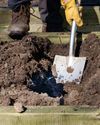
To dig or not to dig?
Should we be carrying out a full dig on plots now? Bob considers the pros and cons of the 'autumn dig' debate
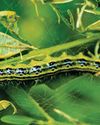
The box ball blues
As if his beleaguered box hadn't already taken a beating, Toby now has to deal with some hungry box caterpillars

Save your own seeds
Masterclass on: seed saving
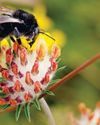
Strange sightings
Three unusual insects turn up in Val's garden in one day
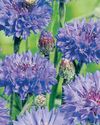
A bolt from the blue!
Cornflowers are perfect for garden and vase
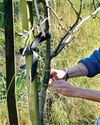
Winter moth prevention
Ruth shows you how to avoid maggoty tree fruits
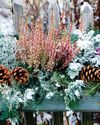
Create a winter container
There are as many options as in summer
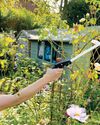
Lightweight gardening tools
AS well as being good for our mental health, gardening is also great exercise.

Autumn price round-up
AG finds better bargains in lesser-known brands
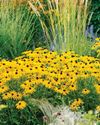
Rudbeckias
Rudbeckias are ideal for sunny summer patios and borders, with some able to survive our coldest winters